Table of Contents
THE MARKETING MIX – 4P’S OF MARKETING
The marketing mix (also known as the Four P’s) is a foundational element in business, as it establishes a go-to-market strategy for all products and services. The marketing mix refers to four broad levels of marketing strategy: Product (the good or service), Price (consumer cost), Place (the location where the product is marketed), and Promotion (the advertising and sales activities). The 4 P’s can guide product development and plans for reaching prospective customers.
The marketing mix concept was popularized by American academic, Neil Borden, following the publication of “The Concept of the Marketing Mix” in 1964, and building upon the work of Borden’s colleague at Harvard, James Culliton, who in the 1940s described the marketing manager as a ‘mixer of ingredients’, as well as E. Jerome McCarthy’s 1960 book “Basic Marketing: A Managerial Approach”, which outlined the Four P’s of Marketing.
MARKETING MIX ELEMENTS
The 4 P’s are essential elements of the marketing mix, guiding development of marketing strategy for both new and existing products and services.
Product
The product is either a tangible good or an intangible service that meets a specific customer need or demand. All products follow a predictable product life cycle and it is important for marketers to understand and plan for the environment and challenges present in each stage.
Product managers must understand the customer’s motivations and pains, so they can effectively build & market a product that solves customer problems or stimulates desire. These buyer personas help to identify key features and benefits while defining the unique selling proposition as a differentiator.
Price
Pricing strategy determines the amount the customer is expected to pay for a product or service. Market research to understand the buyer and competition should guide initial pricing, along with supply chain, distribution, and operational costs.
Pricing is also linked to demand and the perceived value of the product or service. If priced higher than the perceived value, sales will be negatively affected. It is important to understand the market and build value with your target buyer when aiming for higher price points. If a product has little value in the mind of the consumer, then it may need to be reduced in price, bundled, or discounted to stimulate sales.
Place
Place refers to the location where the product or service is marketed, sold, and delivered to the target buyer. Marketing managers aim to place the right product offer, in the right place, at the right time.
Before the rise of the internet, the focus was on selecting high traffic locations and securing optimal product placement on store shelves and displays. Today things are much different. The digital age has changed purchase behavior and opened up a multitude of sales & marketing channels including websites, mobile apps, and social media. In some cases, place may also refer to the placement of a product or service on television, in movies, or through joint marketing efforts with an influencer.
Promotion
Promotion is the communication component of the marketing mix. It is opening a channel for conversation with your target market. Through promotion, the goal is to attract the customer’s attention and provide enough information about the product to build interest and motivate them to purchase.
Promotion ties into the other three Ps of the marketing mix as promoting a product shows consumers why they need it and should pay a certain price for it. In addition, marketers tend to tie promotion and placement elements together so they can reach their target audience.
Promotional strategies may include advertising, public relations, sales promotions, special offers, and other promotional strategies. Whichever channel used, it should be suitable for the product, the price, and the end user it is being marketed to.
Effective promotional marketing should consider:
- The best place to reach your target audience
- The best time and channel for the promotion
- Promotional budget and campaign goals
- What kind of promotional message will resonate with your audience
- How your competitors promote and what you can learn from them
DEVELOPING A MARKETING MIX
Understanding the Customer
Everything starts with the customer. Marketers must look through the eyes of the customer to foster an understanding of their target buyer and their motivations. Buyer personas should be developed to profile the various buyers, influencers, and decision makers.
This starts with gathering demographic information about your audience like age, gender, profession, income, and location. As you learn more about your customer, expand this profile with more detailed information including data on their household, interests, as well as any behavior or intent signals that your customers have shown. Developing a robust set of buyer personas will enable better copywriting, offers, and personalization to create messaging that resonates with your audience on an emotional level.
Customer insights should also be gathered by analyzing historical data such as CRM or point-of-sale data. You might also consider running market research studies using customer surveys and polls. Use segmentation to predict customer behavior and needs. Leverage 3rd party data when needed to enrich customer profiles and analyze market trends.
Some things to consider when developing your buyer personas:
- Do you know what your customers really want and need?
- How can your product or service help solve the buyer’s challenges?
- Is there a shared understanding of who your most valuable customers are and how to meet their needs?
- Do you understand common needs that all of your customers have, as well as the unique needs of each segment?
Gather your research and notes into high-level customer profiles such as:
- Segment overview – describe the target customer and the industry if b2b
- Job title – what is the buyer’s title/role
- Demographics – detailed information such as age, gender, income, education, and location
- Goals and motivations – What motivates a purchase and what are the buyers personal / professional goals?
- Challenges or pain points – problems or things that are holding them back or preventing them from reaching goals
- Biggest fears – core fears/beliefs guiding their purchase behavior
- Hobbies – what are the customers interests and how do they spend time
- Common objections – what is holding them back from purchase
- Behavior – where do they go along the path to purchase and how do they interact with your company, brand, or product
Understanding the Competition
Competitive analysis is another key piece of sales & marketing strategy. A thorough analysis provides insights into the strengths and weaknesses of your competitors, so you can better understand market positioning and begin to formulate how to give your company a competitive advantage.
Competitive analysis helps a business determine advantages and barriers that exist within a target market for a product or service, and helps brands monitor how direct and indirect competitors execute in various functional areas like marketing, pricing, and distribution.
Evaluate your competitors by placing the top ten in strategic groups according to how directly they compete for your customer’s business. For each competitor or strategic group, list their product or service, its profitability, growth pattern, marketing objectives and assumptions, current and past strategies, organizational and cost structure, strengths and weaknesses, and size (in sales) of the competitor’s business.
An in-depth analysis of your top competitors might also include:
Background – provide an overview of the company including office locations, manufacturing locations, online presence, history, ownership, key players, media coverage, etc.
Financials – check financial reports & filings as well as 3rd party data from companies like D&B. Analyze factors like P-E ratios, dividend policy, and profitability, liquidity, and cash flow, method of growth.
Products – gather information on the products offered, competitive differentiators, key features and benefits, depth and breadth of product, product development strategy, product launch strategy, brands, strength of brand portfolio, brand loyalty, brand awareness, patents and licenses, quality control conformance, reverse engineering or deformulation.
Sales & Marketing – gain an understanding of the segments served, market shares, customer base, growth rate, customer loyalty, promotional mix, promotional budgets, advertising themes, ad agency used, sales force success rate, online promotional strategy, distribution channels used (direct & indirect), exclusivity agreements, alliances, and geographical coverage, pricing, discounts, and allowances.
Facilities – if the company is involved in manufacturing or distribution of goods consider factors like plant capacity, capacity utilization rate, age of plant, plant efficiency, capital investment, location, shipping logistics, and product mix by plant.
Personnel – number of employees, key employees, and skill sets
strength of management, and management style, compensation, benefits, and employee morale & retention rates.
Corporate Strategy – objectives, mission statement, growth plans, acquisitions, and divestitures, marketing strategies.
Each component can also be individually researched to uncover more information. For example, to analyze the specific elements of a competitor’s digital marketing program one might review:
- Features on competitors’ websites (fast, mobile friendly, accessible, search tools, product images, design/layout, etc.)
- Customer experience elements (personalization, cart abandonment strategy, customer support, mobile UX, etc.)
- Social media approach (channels used, frequency of posting, engagement, etc.)
- Content marketing tactics (blog topics, content types, etc.)
- Visitor profiling (traffic acquisition strategy, user location, device, journey, etc.)
- SEO strategy (search rankings, top pages, links, keywords, etc.)
- Marketing tactics (types of promotions, frequency of discounts, etc.)
- Email marketing approach (Newsletter, promo codes, etc.)
- Customer reviews (language used around products, recurring complaints, etc.)
Market Positioning & Unique Selling Proposition
Market Positioning refers to the ability to influence consumer perception regarding a brand or product relative to competitors. The objective of market positioning is to establish the image or identity of a brand or product so that consumers perceive it in a certain way.
For example:
- A motor yacht company may position itself as a luxury status symbol
- An audio manufacturer may position its speakers as the most accurate and best sounding
- A fast-casual restaurant chain may position themselves as having meals that are affordable, delicious and healthy
Types of Positioning Strategies
There are several types of positioning strategies. A few examples are positioning by:
Product attributes and benefits – associating your brand/product with certain characteristics or with certain beneficial value
Product price – associating your brand/product with competitive pricing
Product quality – associating your brand/product with high quality
Product use and application – associating your brand/product with a specific use
Competitors – making consumers believe that your brand/product is better than your competitors
How to Create an Effective Market Positioning Strategy?
Create a positioning statement that will help identify your business and define brand perception.
For example, the positioning statement of Boston-startup, Zipcar: “To urban-dwelling, educated techno-savvy consumers, when you use Zipcar car-sharing service instead of owning a car, you save money while reducing your carbon footprint.”
Understand company uniqueness by comparing the competition.
Compare and contrast differences between your company and competitors to identify competitive advantages. Focus on your strengths and find opportunities to win market share.
Identify current market position.
How profitable is the market? How many similar products exist in the market? Study your existing market position and consider how new positioning will be beneficial in setting you apart from competitors.
Competitor positioning analysis.
How many competitors exist in the market? Identify the conditions of the marketplace and the amount of influence each competitor can place on each other.
Develop a positioning strategy.
Through the preceding steps, you should achieve an understanding of what your company is, how your company is different from competitors, the conditions of the marketplace, opportunities in the marketplace, and how your company can position itself.
Competitor Positioning Analysis – SWOT
Performing a SWOT analysis is a great way to guide your market positioning. It consists of four main functional areas to guide your planning. The analysis will provide key details for your marketing strategy and will help define what makes your company, product, or service unique.
S – Strengths
- What advantages does your organization have?
- What do you do better than anyone else?
- What unique or low-cost resources can you draw upon that others can’t?
- What do people in your market see as your strengths?
- What factors mean that you “get the sale”?
W – Weaknesses
- What could you improve?
- What should you avoid?
- What are people in your market likely to see as weaknesses?
- What factors lose you sales?
O- Opportunities
- Where does your brand have the advantage over your competitors?
- What is the weakest area for your competitor?
- What good opportunities can you spot?
- What interesting trends are you aware of?
- How are changes in technology affecting the market?
- How do government policy changes affect the business?
- Are there changes in current events, social patterns, population profiles, lifestyle, etc. that could be beneficial?
T – Threats
- What obstacles do you face?
- What are your competitors doing?
- Where do your competitors have an advantage over your brand?
- Are there opportunities in the market that your competitor has identified?
- What are your competitors doing really well with? (products, content marketing, social media, etc.)
- Are quality standards or specifications for your job, products or services changing?
- How easy is it for suppliers to raise prices?
- Is changing technology threatening your position?
- Do you have bad debt or cash-flow problems?
What is a Unique Selling Point?
A unique selling proposition (USP), also called a unique selling point, is the essence of what makes your product or service better than the competitors. In online marketing, communicating your USP clearly and effectively is one of the keys to getting potential customers to take action and convert to a lead or sale.
Why is a Unique Selling Proposition Important?
A unique selling proposition defines your company’s unique advantage in the marketplace, getting at the core of your business: the value you provide and the problem you solve. A strong USP clearly articulates a specific benefit – something that the competition doesn’t offer; a major differentiator for the product or service to make it stand out.
If all of the products and services in a market appear to be generally the same, prospective buyers will have little direction or brand affinity. Being clear about your unique selling proposition helps them differentiate between the variety of choices available to them. It is a crucial part of effective selling, especially online where consumers have so many options.
A USP can also serve an important role internally as it forces you to consider your company’s mission and its very reason for being. A successful business is often built after their key competitive differentiators are clear.
As a business owner, you need to consider and communicate who your business serves, what drives you to offer your unique products or services, and how you want to make an impact.
Your USP is your key differentiator and the reason your customers will buy from you and an important part of your marketing strategy. It’s a summary of what makes your business unique and valuable to your target market.
Evaluate Placement Options
Map out where you intend to place your product for sales and how you will deliver your advertisements and marketing communications. Consider your distribution strategy and how you will reach customers. Understand the advertising & promotional channels available and begin to outline how they can be used for campaigns at various stages of the marketing funnel.
If you plan on leveraging e-commerce and selling your products or services online, consider allocating the majority of your marketing budget to digital marketing. For local marketing campaigns consider using both digital and analog marketing channels.
Will you use personal communication channels such as face-to-face marketing, telephone contact, webinars, or in-person sales presentations? Or will non-personal communications such as newspapers, magazines, or direct mail work better? You might even consider personalized marketing using digital communications channels such as display advertising and social advertising.
Some things to consider when evaluating your placement options:
- Where do your prospective customers spend their time?
- Where are prospective customers when they decide to make a purchase?
- How are your products most effectively delivered to the consumer?
- How do people like to purchase products or services like yours?
- How large is your audience on each advertising channel
- Can you reach your audience with targeted advertising?
- Is the advertising/marketing channel performance measurable?
Define a Promotional Strategy
After you have a solid understanding of your customer, competition, positioning, and channel it is time to start planning your promotional strategy. You are defining how and where your brand will execute it’s marketing communications.
Determine Your Objectives – Outline the goals and objectives for promotional campaigns that you will be running. Promotional objectives should be based around the short and long-term behaviors of people that have been exposed to your marketing message. These objectives must be stated, measurable, and appropriate to the phase of market development.
Develop the Promotion Budget – You must now determine the total promotion budget. This involves determining cost breakdowns per territory and promotional mix elements. Take some time to break down allocations and determine the affordability, percent of sales, and competitive parity. By breaking down these costs, you will get a better idea of gauging the success potential of your campaign.
Determine Your Promotion Mix – This is where you will need to allocate resources to sales promotion, advertising, publicity, and, of course, personal selling. You must create awareness among your buyers for your promotional campaign to succeed. A well-rounded promotion will use all these methods in some capacity.
Develop Your Promotional Message – You will need to sit down with your team and focus on the content, appeal, structure, format, and source of the message. Keep in mind that appeal and execution always work together in promotional campaigns.
Determine Campaign Effectiveness – After marketing communications are assigned, the promotional plan must be formally defined in a written document. In this document, you should include situation analysis, copy platform, timetables for effective integration of promotional elements with elements in your marketing mix. You will also need to determine how you will measure the effectiveness once it is implemented.
Measure & Optimize Performance
You will also need to determine how you will measure the effectiveness once it is implemented. How did the actual performance measure up to planned objectives?
When putting your measurement program in place, start by deciding on how frequently you’ll collect your data. A good schedule to start is measuring marketing effectiveness on a monthly basis.
Prioritize your marketing goals and select measurable key performance indicators (KPI’s) to determine campaign effectiveness. Once program KPI’s are set, establish a plan for collecting and reporting on the data.
Some data points to consider for digital campaigns:
Unique Visitors – This provides a measure of the total traffic for a website or app, where each visitor is only counted once. It is an easy way to spot trends and measure growth.
Page Views – The cumulative number of individual pages that users viewed during a given period of time.
Session Duration – Measure the amount of time visitors spend on your website or app for each of their visits.
Search Engine Traffic (Organic) – The amount of traffic being referred to your site from search engines like Google and Bing.
Bounce Rate – The percentage of visitors that view only one page before quickly hitting the back button or closing the browser session.
Conversion Rate – The percentage of visitors that take a specific action such as downloading a piece of content, requesting a software demo, or making a purchase.
Inbound Links – The number of external links to a site or piece of content. This is an indication that other people have found that your content is valuable.
Social Engagement – Track metrics such as number of followers, impressions, likes, comments, and shares.
Cost-Per-Click (CPC) – Performance measurement for the cost of advertising clicks on websites like Google and Facebook.
Cost-Per-Action (CPA) – Performance measurement to understand the cost per conversion.
Average Cart Value (ACV) – This is a performance indicator for ecommerce stores to measure the average order size.
Customer Lifetime Value (CLTV) – Determine the value of various customer segments over their entire time as a customer. This allows for effective acquisition costing.
Return on Advertising Spend (ROAS) – The measurement of the return on investment for your advertising spend.
THE IMPORTANCE OF PROMOTION
Promotion is a key tenant of marketing strategy, and a cornerstone of the 4 P’s marketing mix. Without promotion, even the best products and services would fail to gain enough interest and traction in the marketplace.
Promotion captures interest, drives visits to retail locations and ecommerce stores, and fuels customer engagement to keep the sales funnel full.
PROMOTION MARKETING – THE OBJECTIVES OF PROMOTION
Promotion is the communication aspect of the marketing mix. It is creating a channel for conversation with the target market. Through promotion, the company aims to attract the customer’s attention and give them enough information about the product to foster interest and motivate them to purchase.
Building Awareness
Often, a product or brand may need to create an identity within the market. For the most part, this applies to a new company, a new brand or a new product. But often it may also be needed in times of rebranding or building up a failing product. The aim then is to select those promotional activities that help inform the customer about the company and the product.
Creating Interest
If the customer is already aware of the product or has been made aware through some activities, it becomes necessary to move them along the path to purchase. The goal here is to identify a need that the product fulfills and make sure that the customer recognizes this need as something that is unfulfilled for them.
Providing Information
Sometimes, a company may just need to provide necessary information regarding the product, its benefits, features or usage to the consumer. This may be the case if a new product is introduced into the market.
Unique features or benefits may need to be explained. In other cases, a new feature on an existing product may need to be highlighted. In some cases, such as in instances where environmental impact or health scares may be in play, information about a change in business practices and company policy may need to be communicated.
Generate Demand
A company may seek to enhance its sales through promotion. If sales have been lower than usual, then the aim may be to get them back up to target level by re-engaging old customers and encouraging new ones to try a product out. In other instances, the aim may be to increase sales further at certain times of the year such as near a major holiday. Free demonstrations or special deals may be used to reach these ends.
Product Differentiation
In situations where there are many competitors in the market, a company may seek to use promotional activities to differentiate its product in the market and make it stand out from the crowd. The focus here remains on those features, functionalities or benefits that may not be offered by a competitor or may not be offered so well.
Brand Loyalty
One basic aim of a promotional activity may be to further strengthen the brand and its place in the market. This helps turn a first time purchases into a life time purchaser. This can also help create advocates for the product from within the customer base.
THE PROMOTIONAL MIX – TYPES OF PROMOTION
There are a few elements of the promotion mix:
Advertising
Advertising is the paid presentation and promotion of ideas, goods, or services by an identified sponsor in a mass medium like print ads, radio, television, billboards, direct mail, brochures and catalogs, signs, in-store displays, posters, web pages, mobile apps, video ads, social ads, banner ads, and emails.
Sales Promotion
Sales Promotions are media and non-media marketing communication used for a pre-determined limited time to increase consumer demand, stimulate market demand or improve product availability. This could be coupons, sweepstakes, contests, product samples, rebates, tie-ins, trade-ins, trade shows, and exhibitions.
Personal Selling
Personal selling is the process of helping and persuading one or more prospects to purchase a good or service or to act on any idea through the use of an oral presentation, often in a face-to-face manner or by telephone. Examples include sales presentations, sales meetings, sales training and incentive programs for intermediary salespeople, samples, and telemarketing.
Publicity
Public relations or publicity is information about a firm’s products and services carried by a third party in an indirect way. This includes free publicity as well as paid efforts to stimulate discussion and interest. It can be accomplished by planting a significant news story indirectly in the media, or presenting it favorably through press releases or corporate anniversary parties. Examples include newspaper and magazine articles, TVs and radio presentations, charitable contributions, speeches, issue advertising, seminars.
Direct Marketing
Direct Marketing is a channel-agnostic form of advertising that allows businesses and nonprofits to communicate directly to the customer, with methods such as mobile messaging, email, interactive consumer websites, online display ads, fliers, catalog distribution, promotional letters, and outdoor advertising.
Digital Marketing
Digital media, which includes internet, social networking and social media sites, is a modern way for brands to interact with consumers as it releases news, information and advertising from the technological limits of print and broadcast infrastructures. Digital media is currently the most effective way for brands to reach their consumers on a daily basis. Over 2.7 billion people are online globally, which is about 40% of the world’s population. 67% of all Internet users globally use social media. Digital marketing is facilitated by multiple channels, As an advertiser one’s core objective is to find channels which result in maximum two-way communication and a better overall ROI for the brand.
PROMOTIONAL TACTICS – PUSH MARKETING STRATEGY
Push strategy refers to a situation when a vendor advertises its product to gain audience awareness through sales incentives, direct selling, trade shows, free trials, packaging, etc.
Push marketing is useful for introducing new products and establishing new sales & distribution channels. It creates product exposure, product demand, and consumer awareness about a product.
PROMOTIONAL TACTICS – PULL MARKETING STRATEGY
Pull strategy aims to reach audiences which have shown existing interest in the product or service. This may be through intent based signals like informational searches, purchase history, etc.
Pull marketing is meant to generate a demand for a product through advertisements, content campaigns, or stories that connect emotionally. From a business perspective, pull marketing attempts to create brand loyalty to keep customers coming back.
Common sales tactics used for pull marketing include mass media promotions, word-of-mouth referrals and advertised sales promotions. Businesses generally will use pull marketing when the customer knows what he or she is looking for or what problem they need to solve, but needs more information to pull them towards your solution.
PROMOTION STRATEGY & THE PRODUCT LIFE CYCLE
Introduction – At this stage, major promotional campaigns and activities will be designed and executed. A comprehensive promotional mix will be designed with full input from the rest of the marketing mix. The aim here is to provide detailed information about the product, its features and benefits. Special offers and sales promotions may also be used to pull in customers while in some markets push strategies may be used simultaneously employed.
Growth – Once the product is established and accepted, there will be a shift in strategy from information to more emotional aspects. The aim is to increase brand awareness, create strong brand equity and foster long term customer loyalty.
Maturity – By now the market may have matured and there may be stiff competition and similar products available. Promotional activities will now turn more persuasive and there may be an attempt to create product differentiation by highlighting specific benefits and features that fulfill needs and are unique.
Decline – At this point, promotional activities may wind down to the occasional reminder that the product exists in an attempt to forestall the product’s eventual decline.
PROMOTIONAL MARKETING IN THE DIGITAL ERA
The digital age has reshaped communication and purchasing behavior providing marketing managers with many new channels and marketing tactics.
Digital marketing channels include:
Affiliate Marketing
Affiliate marketing is a type of performance-based marketing in which a business rewards third-party affiliates for each visitor or customer earned. Third-party affiliates receive payment based on measurable actions such as sales generated through their individual sales & marketing efforts. Payable actions might be email submissions, phone calls, online form submits, or an online order being completed.
Display Advertising
Display advertising is advertising on websites or apps or social media through banners or other ad formats made of text, images, flash, video, and audio. The main purpose of display advertising is to deliver promotional advertisements and brand messages to topical, interest and demographic based audiences at scale. With a wide range of formats and media types display advertising provides marketers with the tools needed for advertising that is impactful, dynamic, and creative.
Email Marketing
In its broadest sense, every email sent to a potential or current customer could be considered email marketing. It usually involves using email to send advertisements, request business, or solicit sales or donations, and is meant to build loyalty, trust, or brand awareness. Marketing emails can be sent to a purchased lead list or a current customer database. The term usually refers to sending email messages with the purpose of enhancing a merchant’s relationship with current or previous customers, encouraging customer loyalty and repeat business, acquiring new customers or convincing current customers to purchase something immediately, and sharing third-party ads.
Content Marketing
Content marketing is any marketing that involves the creation and sharing of media and publishing content in order to acquire and retain customers. This information can be presented in a variety of formats, including blogs, news, video, white papers, e-books, infographics, case studies, how-to guides and more.
Content marketing attracts prospects and nurtures prospects into customers by creating and sharing valuable (usually free) content. Content marketing helps companies build trust and rapport with their audience. Content campaigns create brand loyalty, provide valuable information to consumers, and create a willingness to purchase products from the company in the future.
Search Engine Marketing ( PPC / SEM )
Search engine marketing (SEM) is a form of digital marketing that involves the promotion of websites by increasing their visibility and messaging in search engine results pages (SERPs) primarily through paid advertising on first-tier search engines like Google and Bing. Although SEM is largely focused on paid advertising tactics it may also incorporate search engine optimization (SEO) to achieve higher rankings and more prominence in search engine results pages.
Search Engine Optimization
Search engine optimization (SEO) is the process of increasing the quality and quantity of website traffic by increasing the visibility of a website or a web page to user of search engines like Google and Bing.
SEO refers to the improvement of unpaid search results (known as “natural” or “organic” results), and excludes direct traffic/visitors, other referral traffic, and the purchase of paid placement. SEO may target different kinds of search, including image search, video search, academic search, news search, and industry-specific vertical search engines.
Optimizing a website may involve editing its content, adding content, modifying HTML, and associated coding to both increase its relevance to specific keywords and to remove barriers to the indexing activities of search engines. Promoting a site to increase the number of backlinks, or inbound links, is another SEO tactic.
Social Media Marketing
Social media marketing is the use of social media platforms and websites to promote a product or service. Companies address a range of stakeholders through social media marketing, including current and potential customers, current and potential employees, journalists, bloggers, and the general public. On a strategic level, social media marketing includes the management of a marketing campaign, governance, setting the scope (e.g. more active or passive use) and the establishment of a firm’s desired social media “culture” and “tone.”
Influencer Marketing
Influencer marketing is a form of partnership marketing involving endorsements from social influencers, people and organizations who possess an expert level of knowledge and/or social influence in their respective fields.
Influencer content may be framed as testimonial advertising where they play the role of a potential buyer themselves, or they may be involved as third parties. These third parties can be spotted either within the supply chain (retailers, manufacturers, etc.) or among the so-called value-added influencers (such as journalists, academics, industry analysts, and professional advisers).
Online Public Relations
Online Public Relations (Digital PR) functions the web relationship influence among the cyber citizens and it aims to make desirable comments about an organization, its products and services, news viewed by its target audiences and lessen its undesirable comments to a large degree. Online public relations shows differences from traditional public relations. One of these is associated with its platforms. Compared with traditional public relations channels (such as TV, radio and printed press), the network systems used for online public relations vary from search to social platforms.
Video Advertising
This type of advertising in terms of digital/online means are advertisements that play on online videos e.g. YouTube videos. This type of marketing has seen an increase in popularity over time. Online Video Advertising usually consists of three types: Pre-Roll advertisements which play before the video is watched, Mid-Roll advertisements which play during the video, or Post-Roll advertisements which play after the video is watched.
Post-roll advertisements were shown to have better brand recognition in relation to the other types, where-as “ad-context congruity/incongruity plays an important role in reinforcing ad memorability”. Due to selective attention from viewers, there is the likelihood that the message may not be received. The main advantage of video advertising is that it disrupts the viewing experience of the video and therefore there is a difficulty in attempting to avoid them.
How a consumer interacts with online video advertising can come down to three stages: Pre attention, attention, and behavioural decision. These online advertisements give the brand/business options and choices. These consist of length, position, adjacent video content which all directly affect the effectiveness of the produced advertisement time, therefore manipulating these variables will yield different results. Length of the advertisement has shown to affect memorability where-as longer duration resulted in increased brand recognition.
Mobile Advertising
Some see mobile advertising as closely related to online or internet advertising, though its reach is far greater — currently, most mobile advertising is targeted at mobile phones, that came at an estimated global total of $4.6bn as of 2009. Moreover, mobile advertising includes SMS and MMS advertising units in addition to the advertisement types served and processed via online channels. Types of mobile ads include Click-to-download ads, Click-to-call ads, Click-to-message ads, video ads, text ads, banner ads, and push notifications.
MARKETING MIX MODELING – ROI-FOCUSED ADVERTISING & PROMOTION
Marketing mix modeling is an analytical approach that uses historic information, such as syndicated point-of-sale data and companies’ internal data, to quantify the sales impact of various marketing activities. Mathematically, this is done by establishing a simultaneous relation of various marketing activities with the sales, in the form of a linear or a nonlinear equation, or through the statistical technique of regression analysis.
Marketing mix modeling defines the effectiveness of each of the marketing elements in terms of its contribution to sales-volume, effectiveness (volume generated by each unit of effort), efficiency (sales volume generated divided by cost) and ROI. These learnings are then adopted to adjust marketing tactics and strategies, optimize the marketing plan and also to forecast sales while simulating various scenarios.
PROMOTIONAL MARKETING EXAMPLES
LUXURY YACHT MARKETING & PROMOTION
The Swedish yacht-builder, Delta Powerboats, is working to introduce their line of luxury sport yachts to the Americas.
MERCHANT SERVICES MARKETING & PROMOTION
Gaining market share in the highly-competitive merchant services market is not easy. Merchant Services LTD goes multi-channel to stand-out.
E-COMMERCE MARKETING & PROMOTION
This Boston retailer expanded their reach by launching a re-designed eCommerce store on Shopify. High quality photography and design help showcase gourmet foods & gifts.
DO YOU NEED HELP WITH ADVERTISING AND PROMOTION?
We build performance-focused customer acquisition programs for growing companies. To find out if you can benefit from our programs, please reach out.
- Gold Promotion Recognized As Top Digital Agency - October 3, 2019
- Creating a Marketing Mix – Promotion Drives Sales & Growth - September 11, 2019
- New Lead-Gen Focused Live Chat Service Helps SMB’s with 24×7 Coverage - May 1, 2018


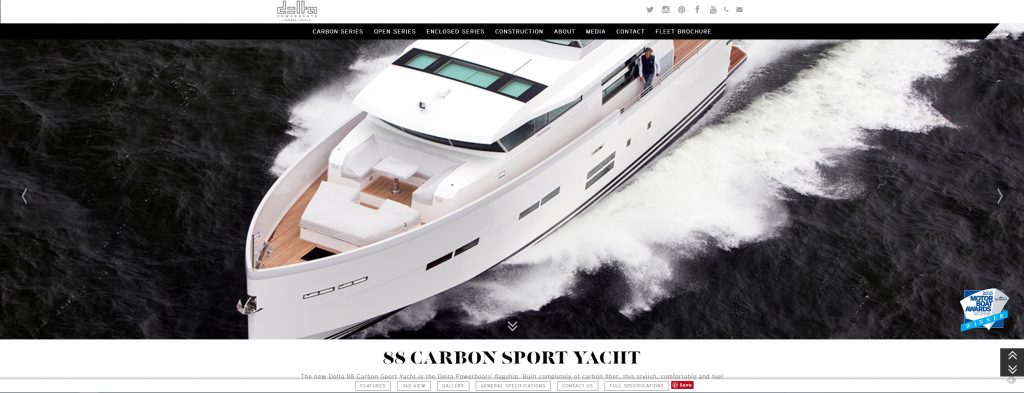
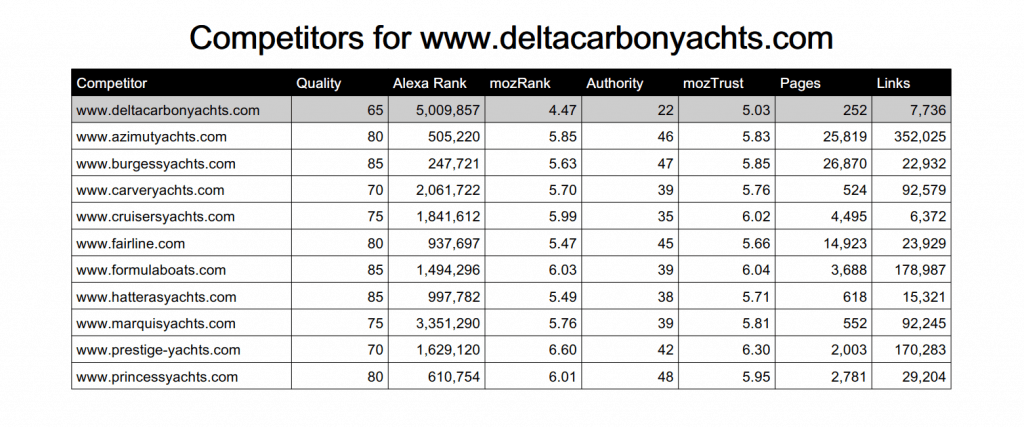
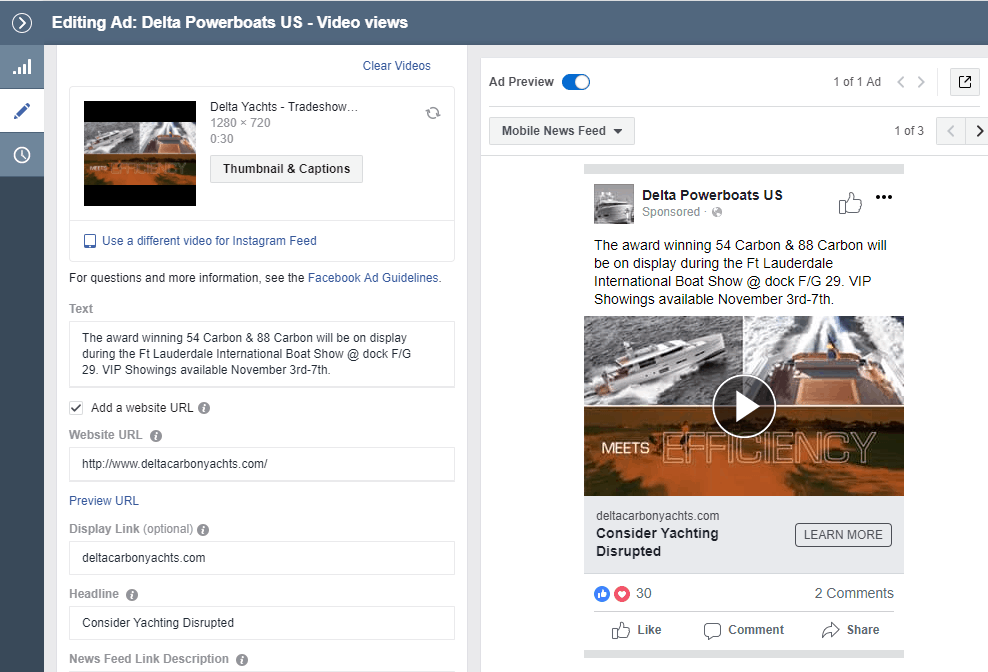


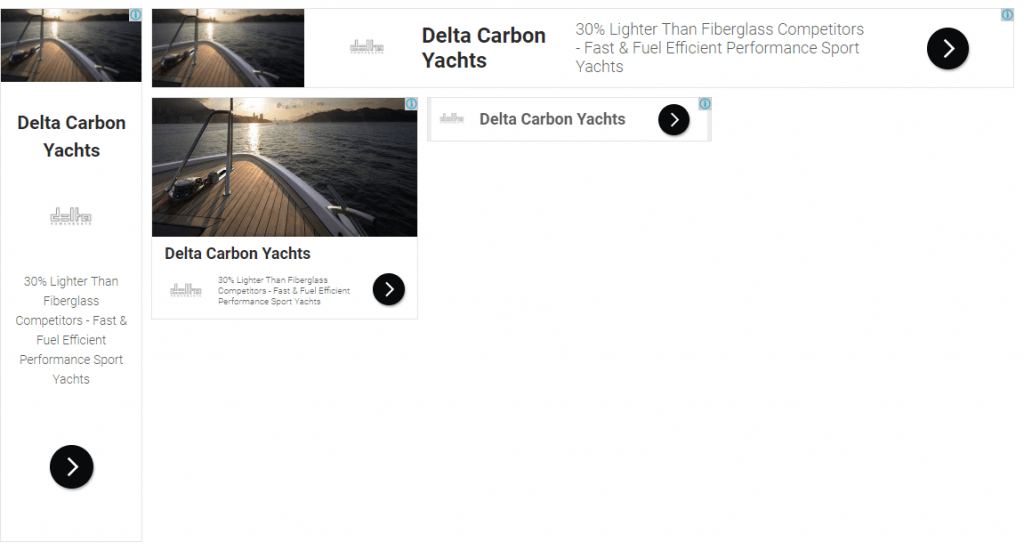
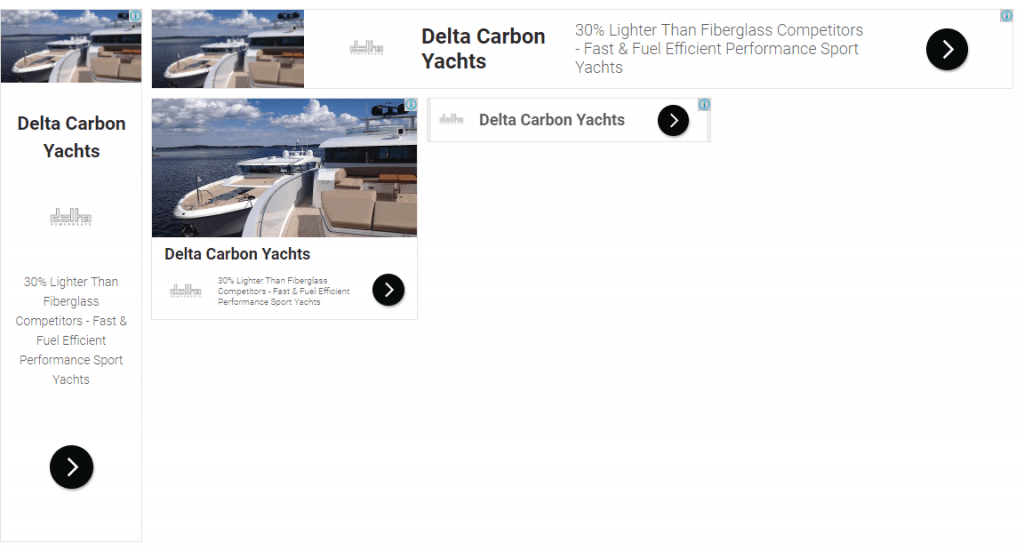

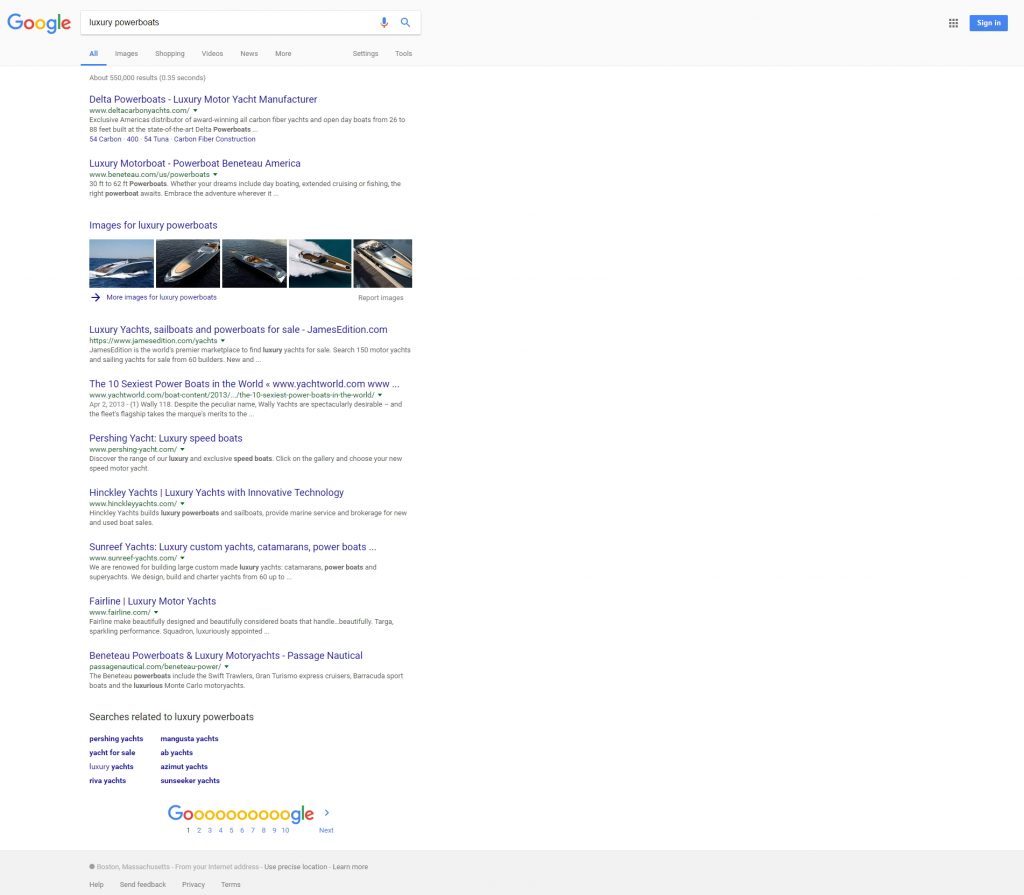

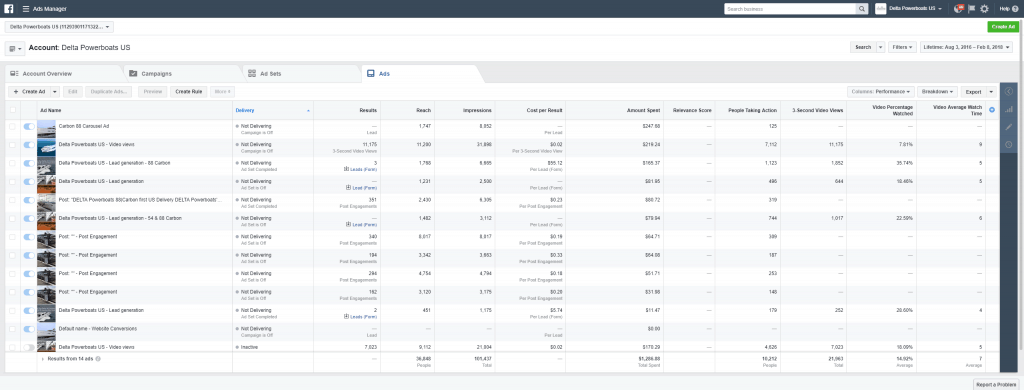
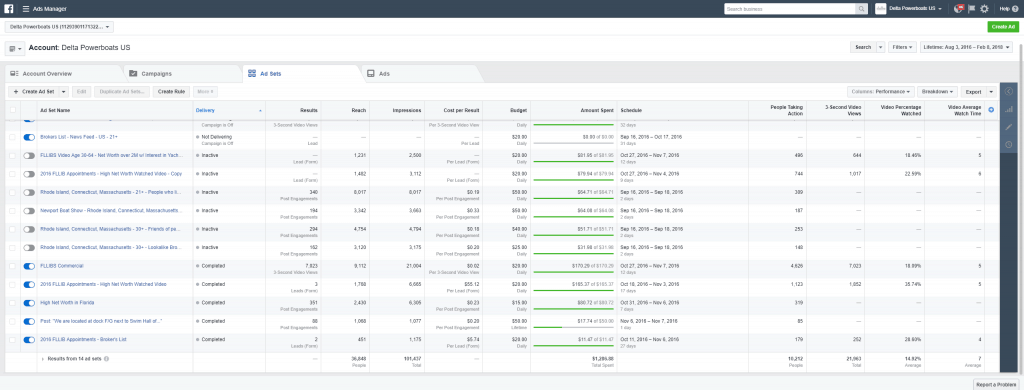
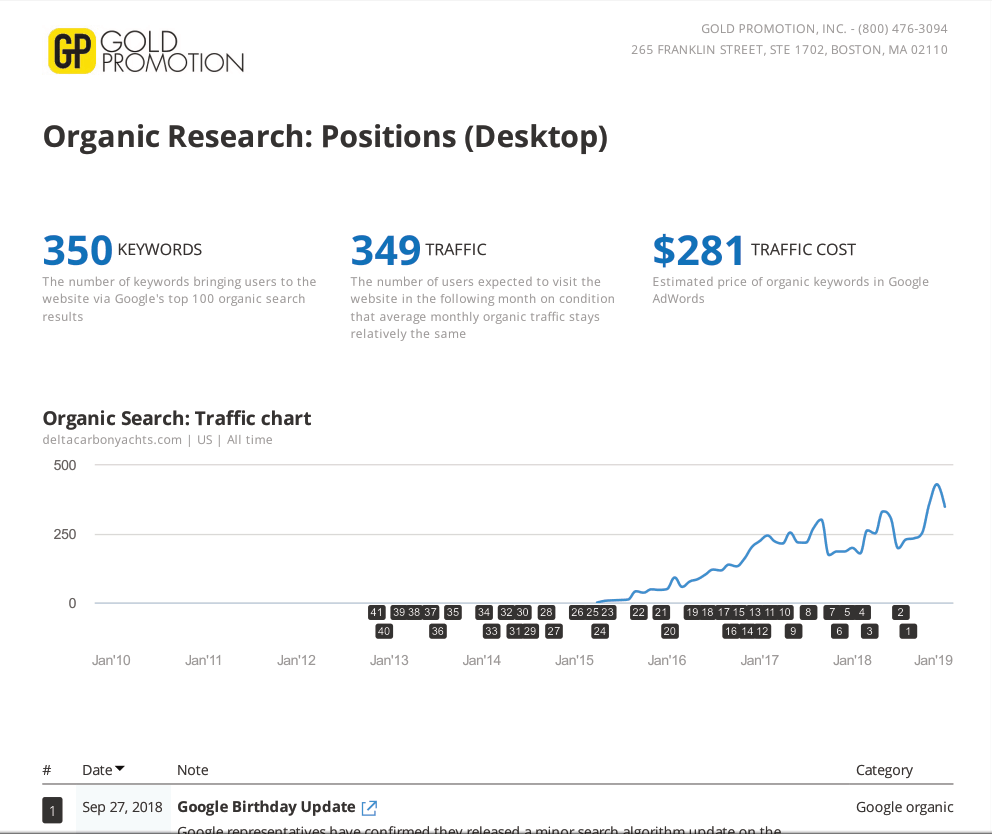
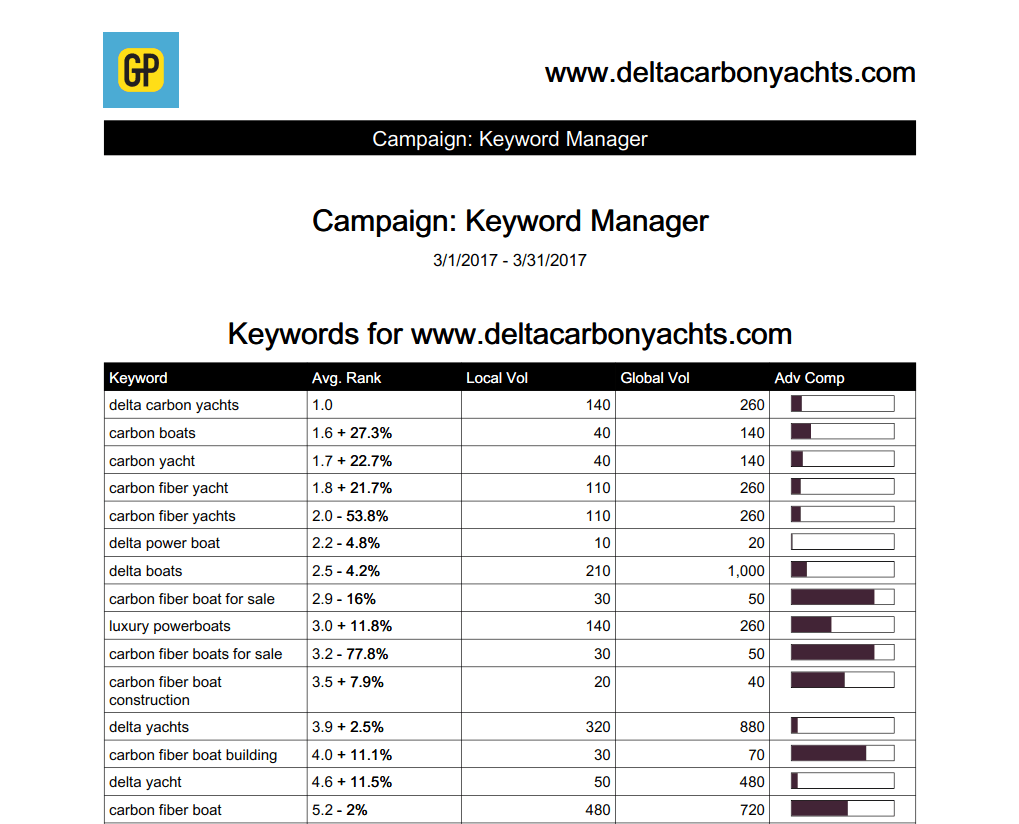
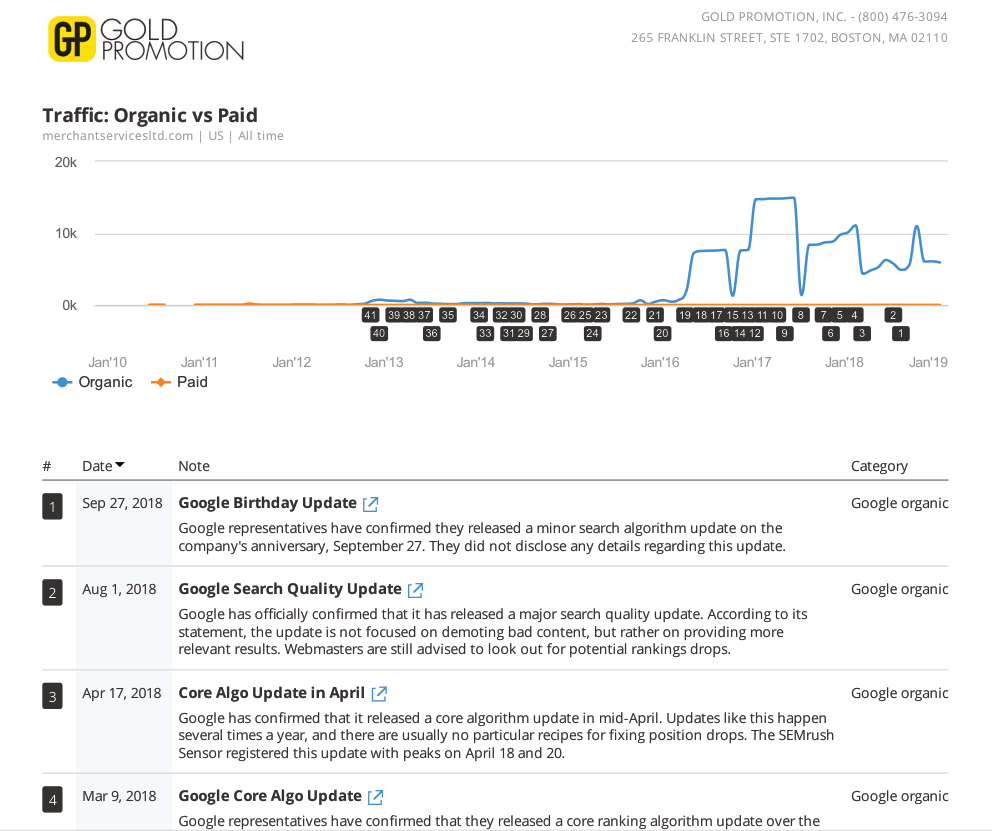
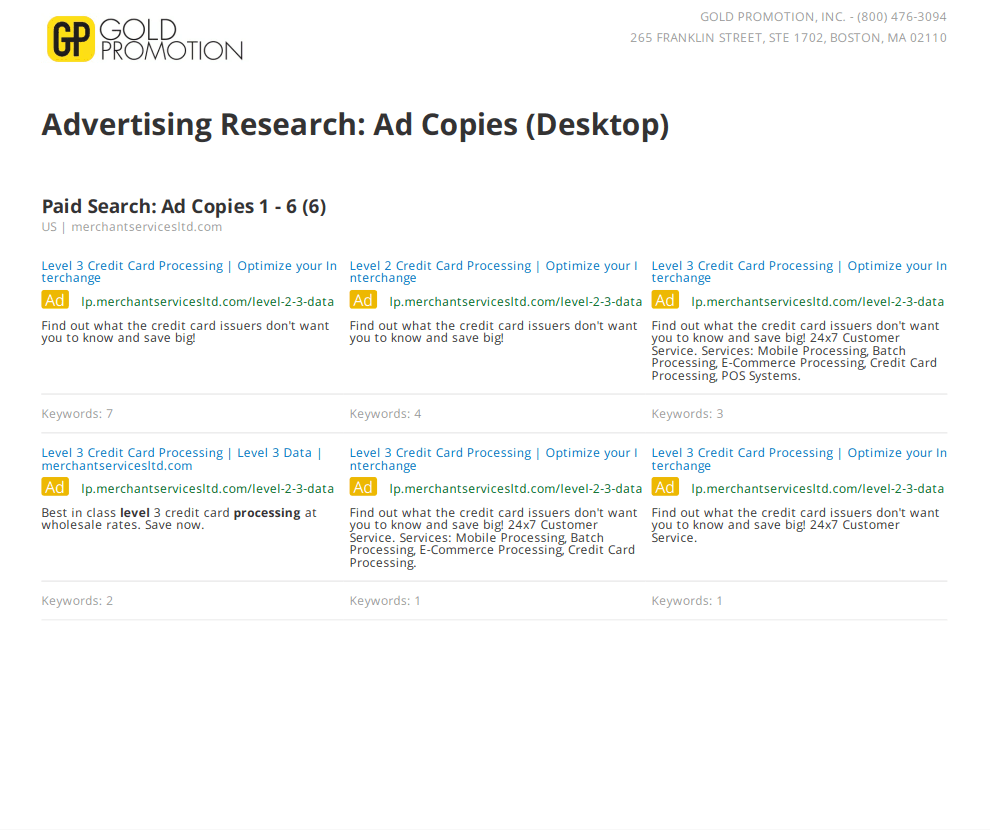
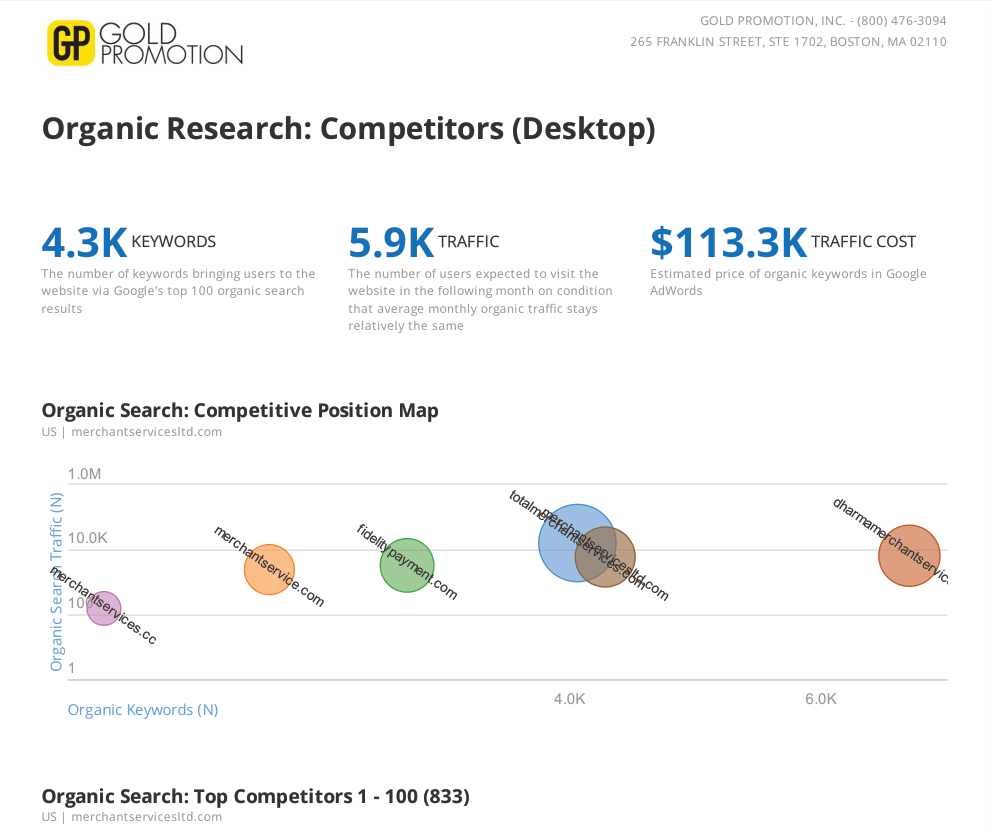





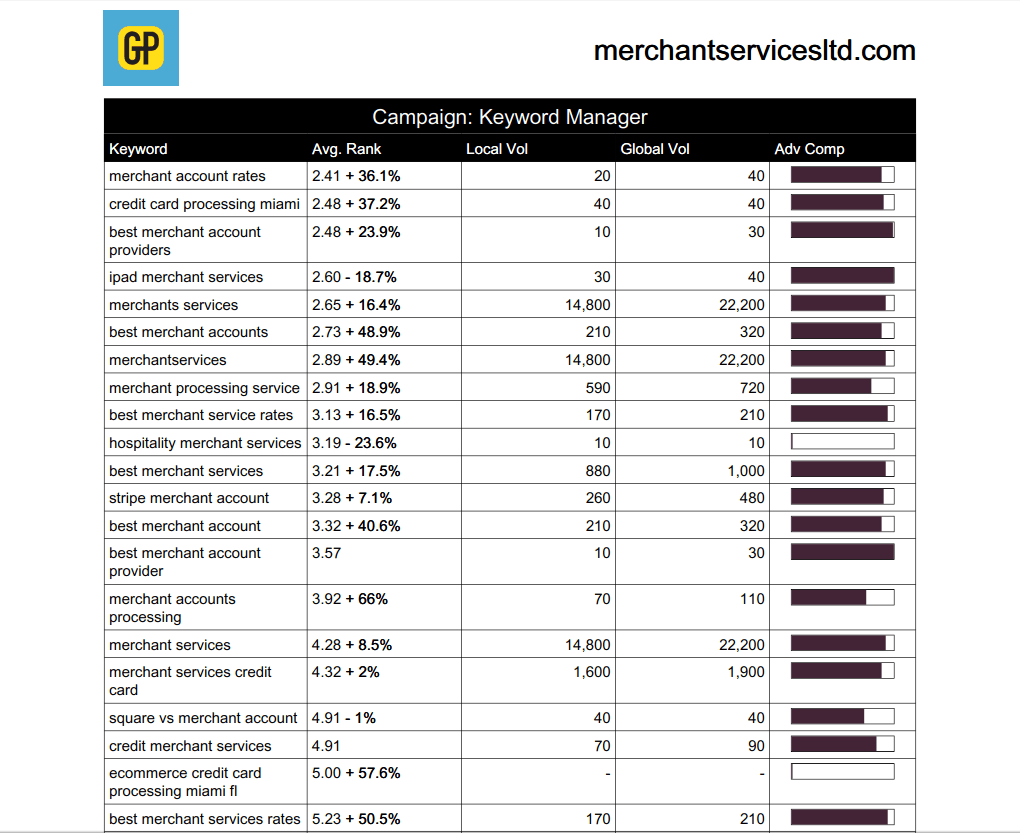
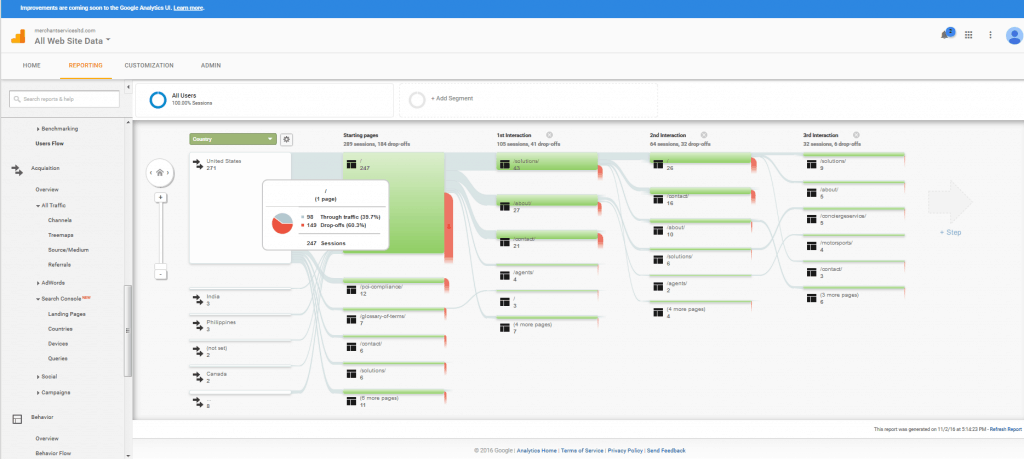
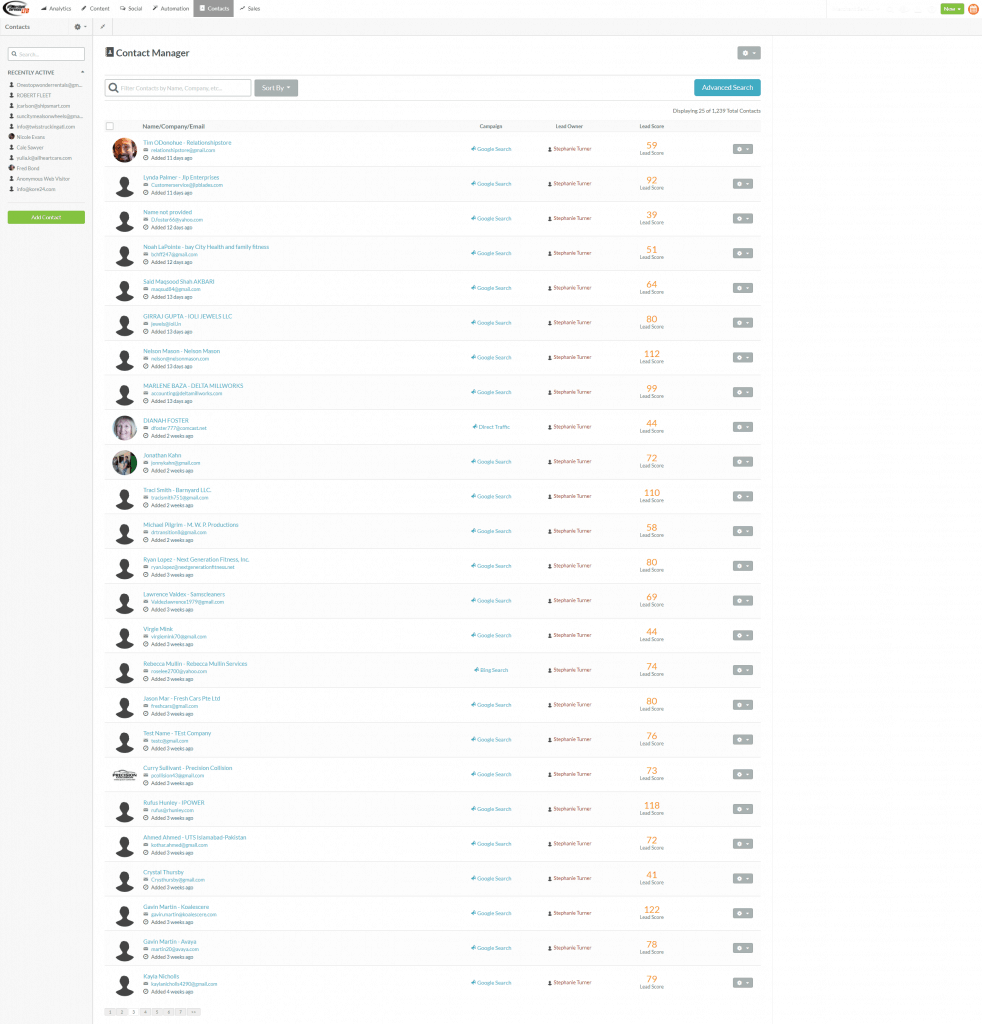








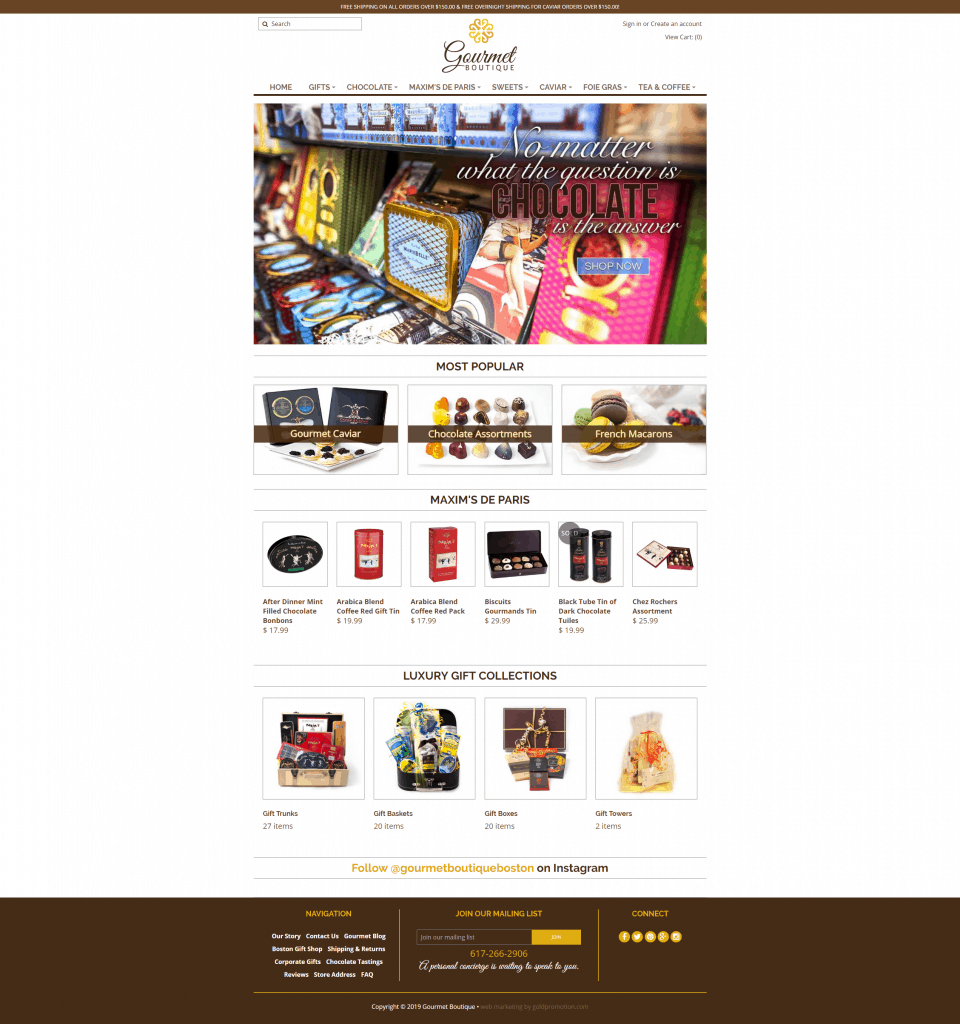
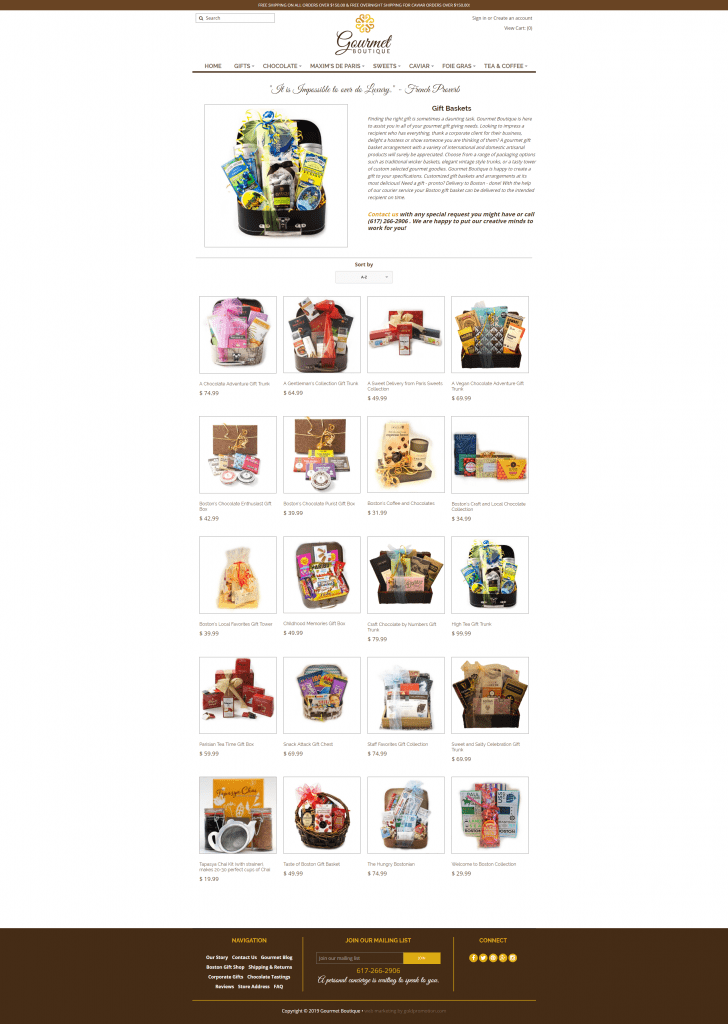
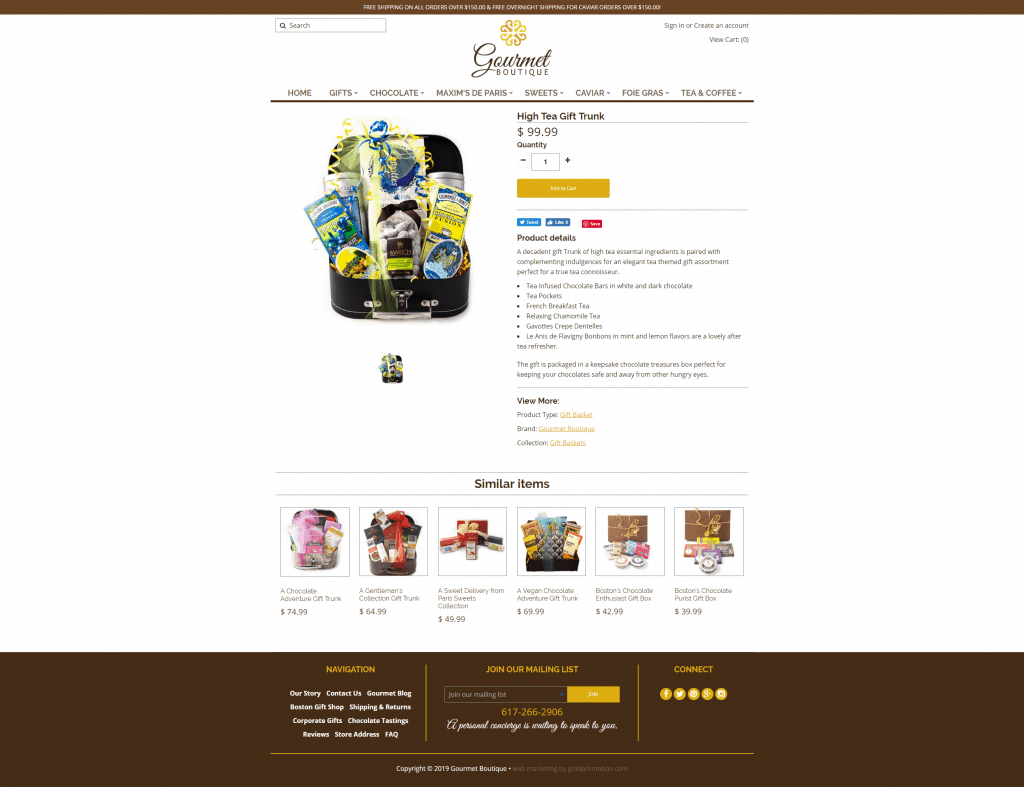
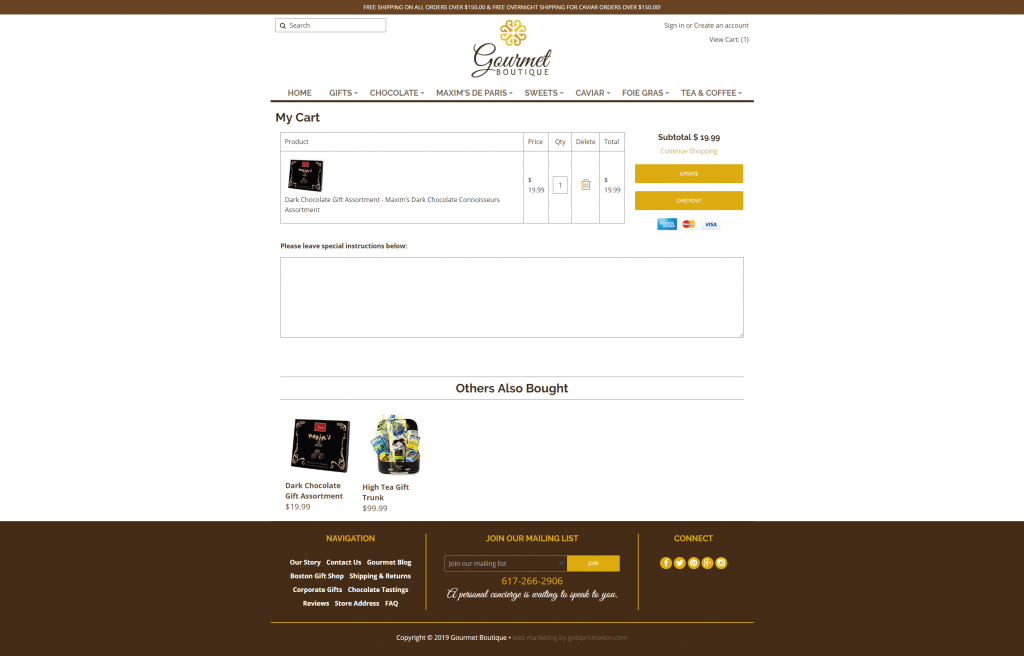
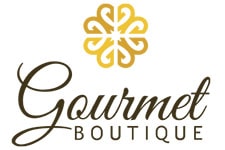
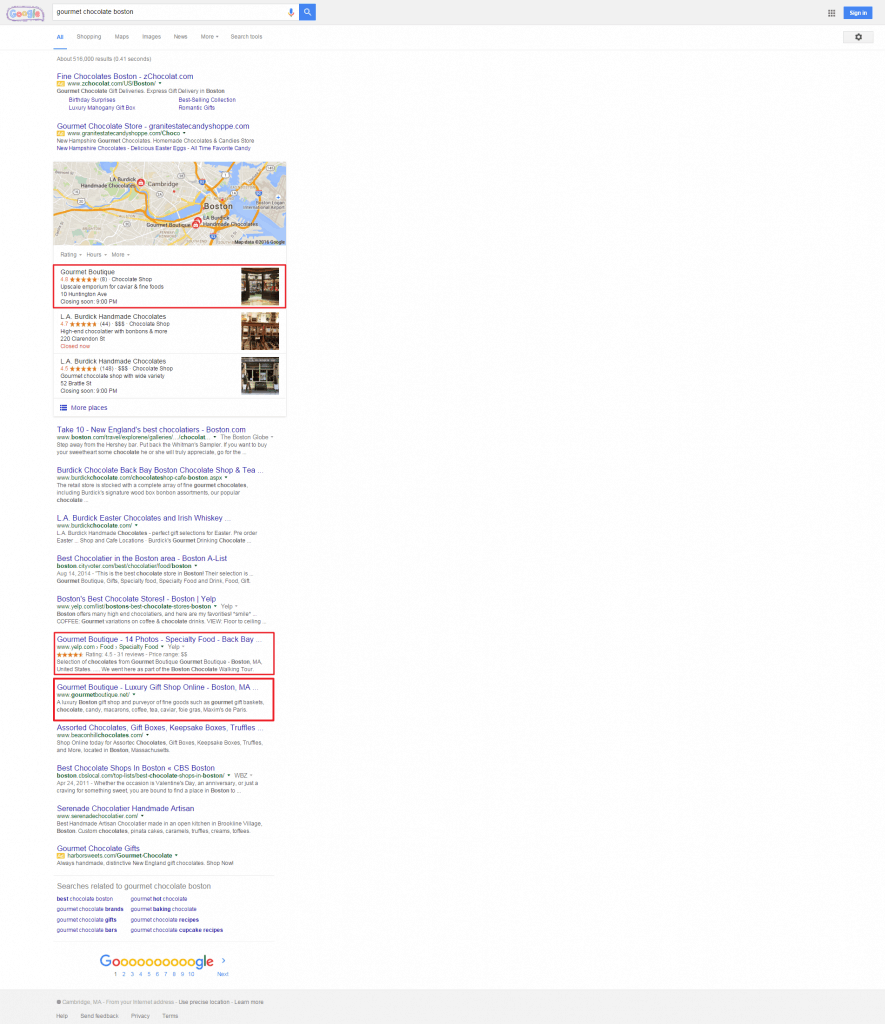
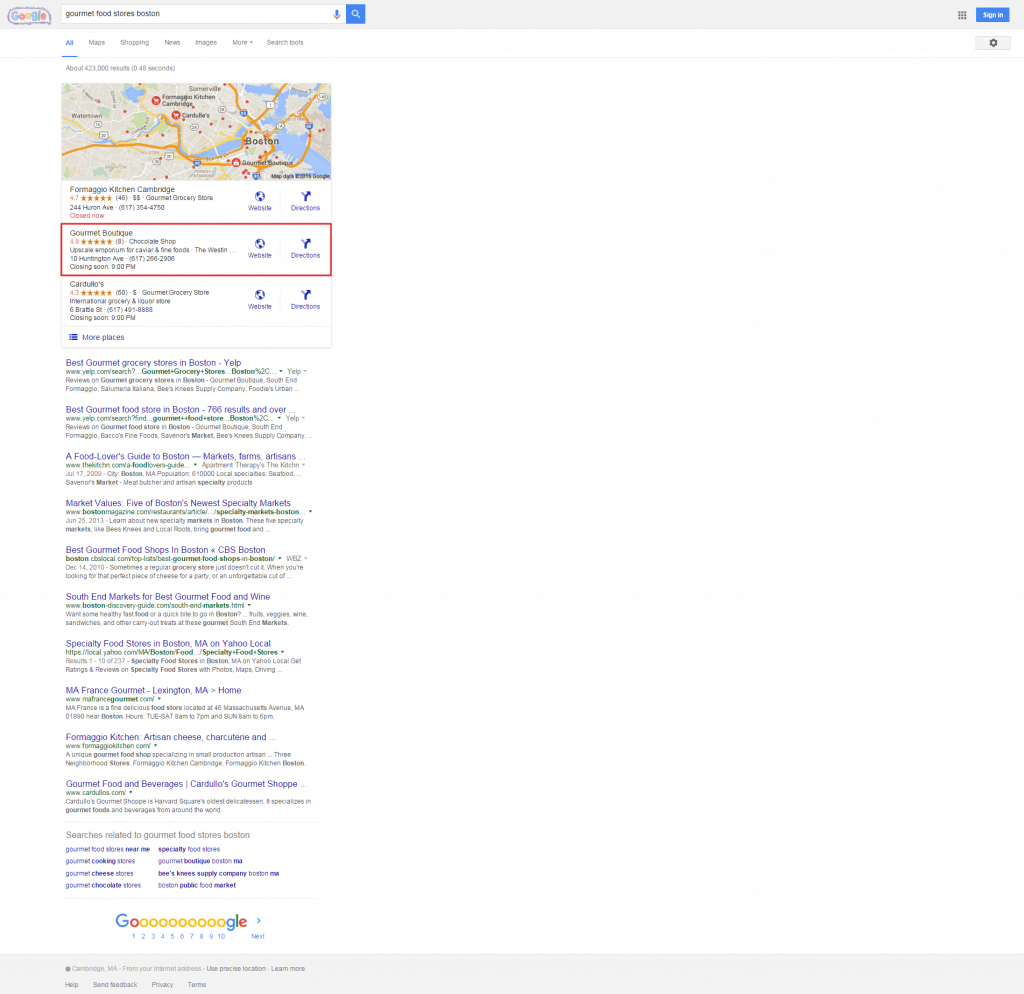
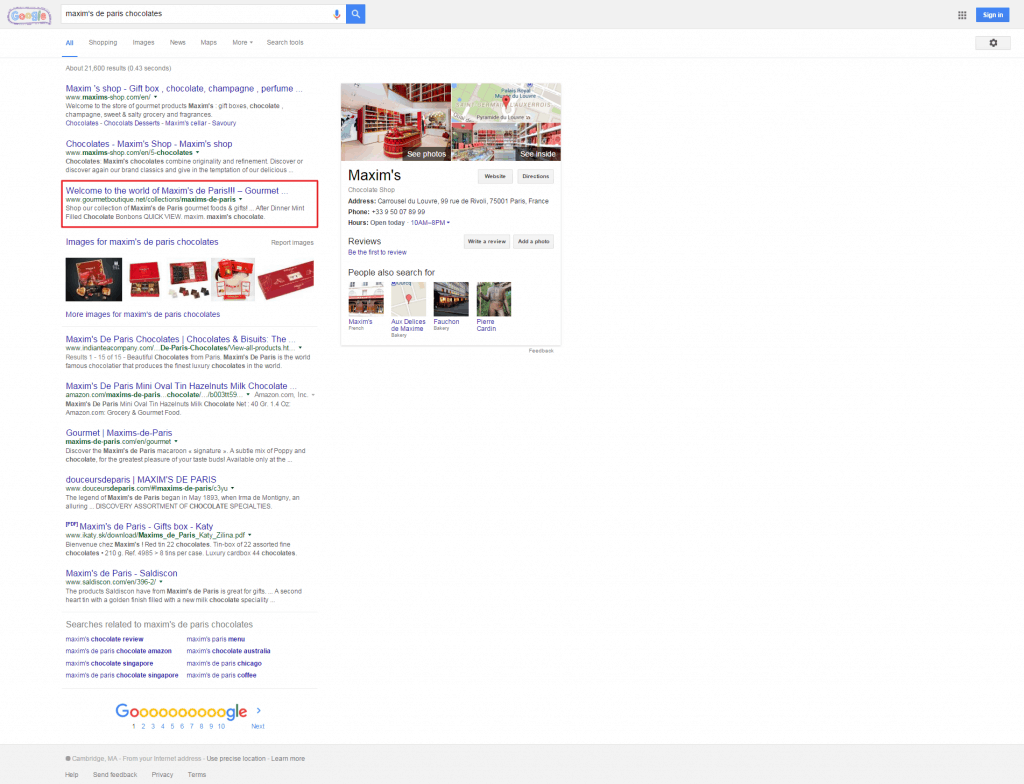
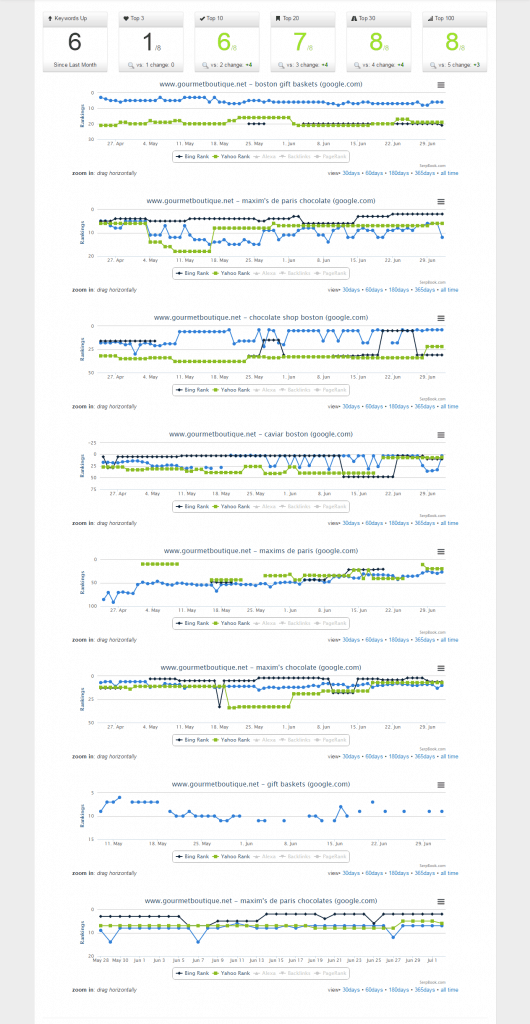

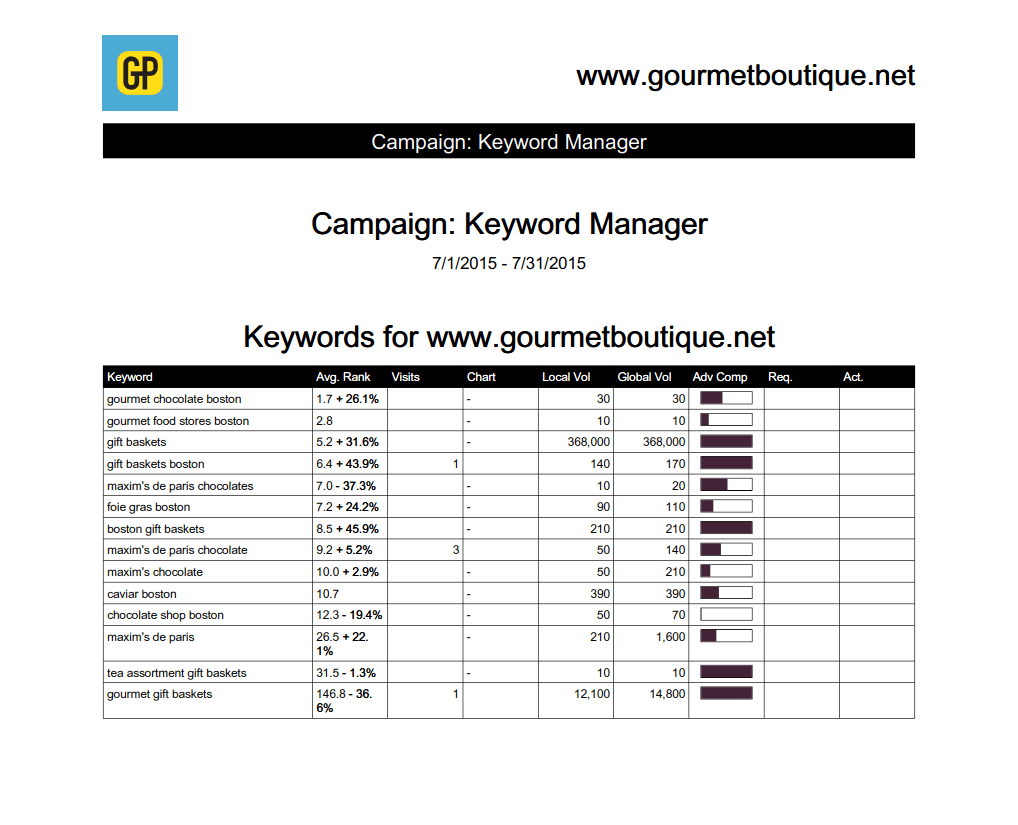
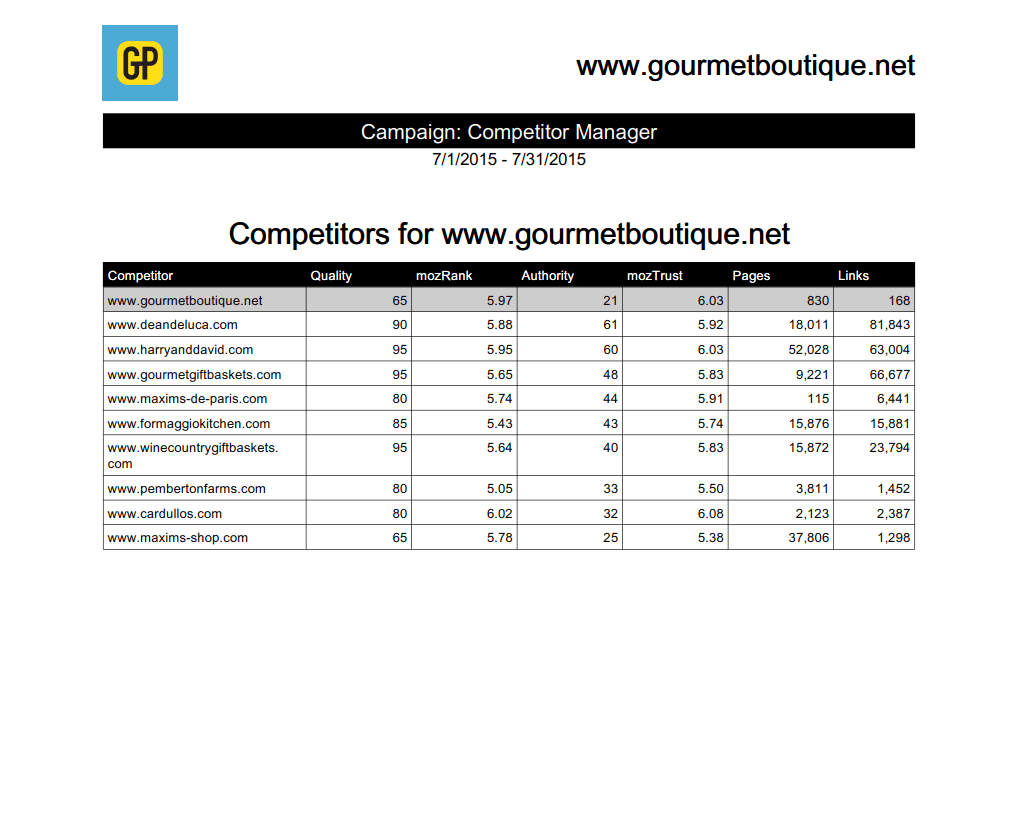

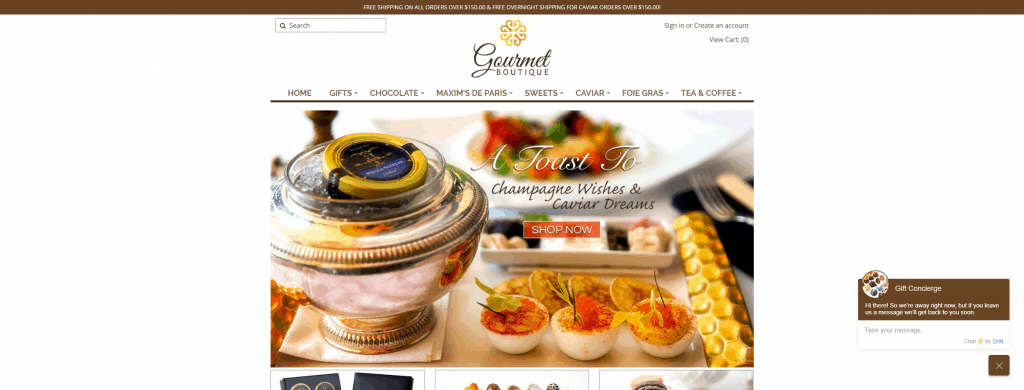
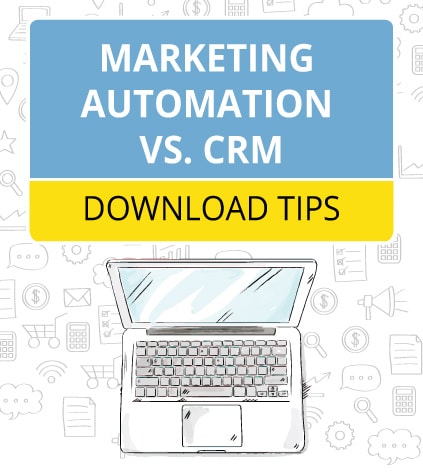






Leave a Reply